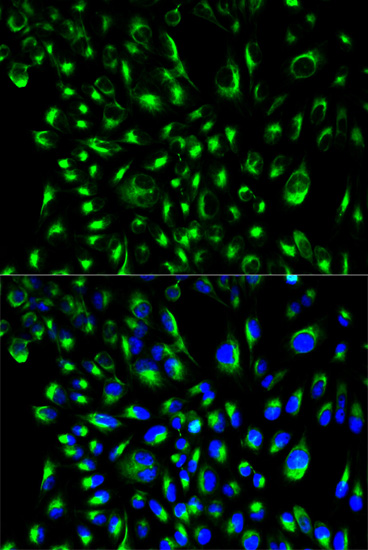LCP2 Polyclonal Antibody
For reference only. Please follow the manual included in your kit for instructions.
Catalog Number
RD266090A
Product Name
LCP2 Polyclonal Antibody
Catalog Number
RD266090A
Purification Method
Affinity purification
Isotype
IgG
Host
Rabbit
Background
SLP-76 was originally identified as a substrate of the ZAP-70 protein tyrosine kinase following T cell receptor (TCR) ligation in the leukemic T cell line Jurkat. The SLP-76 locus has been localized to human chromosome 5q33 and the gene structure has been partially characterized in mice. The human and murine cDNAs both encode 533 amino acid proteins that are 72% identical and comprised of three modular domains. The NH2-terminus contains an acidic region that includes a PEST domain and several tyrosine residues which are phosphorylated following TCR ligation. SLP-76 also contains a central proline-rich domain and a COOH-terminal SH2 domain. A number of additional proteins have been identified that associate with SLP-76 both constitutively and inducibly following receptor ligation, supporting the notion that SLP-76 functions as an adaptor or scaffold protein. Studies using SLP-76 deficient T cell lines or mice have provided strong evidence that SLP-76 plays a positive role in promoting T cell development and activation as well as mast cell and platelet function.
Immunogen Information
Immunogen
Recombinant fusion protein of human LCP2 (NP_005556.1).
Gene ID
3937
Swissprot
Q13094
Synonyms
LCP2SLP-76SLP76
Applications
Reactivity
Human
Tested Applications
IF
Conjugation
Unconjugated
Dilution
IF 1:50-1:200
Concentration
1 mg/mL
Storage Buffer
PBS with 0.02% sodium azide, 50% glycerol, pH7.3
Storage Instructions
Store at -20°C. Avoid freeze / thaw cycles.
